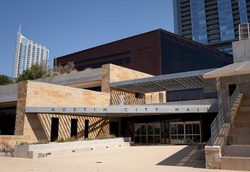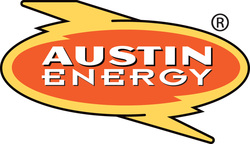
Not that long ago, Austin was one of the most affordable communities in the country. Today, it is the most expensive major city in Texas.
“Why?” Our answer: “The City of Austin’s hostile attitudes toward building or remodeling homes and apartments. It is hard to build single-family homes. It is unimaginably difficult to build an apartment project.”
Consider the process to build a home. Start with an empty plot of land. In most Texas cities it would take six months to convert that small tract to 100 lots. In Austin, this is a two-year, very expensive process.
In most communities, rules are straight-forward. Austin has voluminous ordinances and supplemental rules contained in eight, very large books of legalese that change every three months. As one example of the complexity, Austin currently has over 400 zoning permutations. Virtually all south central Texas cities have online plan submittals. Reviewers can forward plans, make notes, receive updates and collect payment electronically. Austin? Sorry.
Anyone who deals with the city of Austin has experienced the culture of “no.” If you are a homeowner wanting to make an addition or renovate, be ready to discover that any past work may be deemed incomplete, that you may need new public safety inspection, that your plans may “penetrate a vertical easement” or you busted “impervious cover” limits. The wait for plan approval is more than a month for a remodel or custom home. That is down from a three-month wait more than a year ago. Austin policymakers seemingly enact whatever restrictions come along without regard to the impacts on average citizens or the difficulties in administering them. Last year alone, the city added more than $10,000 to the cost of building a home in East Austin. An added $650 plan review fee, exceeding what most cities charge to both review and inspect; $5,600 in new water and wastewater connection fees; $2,000 in electrician work practices (prohibited journeymen subcontractors); and $2,000 mandating that all new homes provide handicap ramps and a no step entry. Soon, the electric utility will enact a new line extension fee, adding another $2,000 per home.
Few people realize how many layers of fees are involved in building and remodeling: subdivision fees, plat fiscal guarantees, subdivision construction plan, inspection fees, connection fees, sidewalk fees and tree fees. One recent townhouse project with only trash trees had $200,000 in tree mitigation. Did we mention mandatory sidewalks to nowhere? Few people realize is those costs come back in the form of higher rents or mortgages.
In the end, renters and owners alike pay escalating property taxes. Less recognized are utility bills that raise rates for conserving and subsidize taxes — a hidden tax in their own right. Also on the utility bill are storm water fees, litter fees and transportation fees — all costs levied in the most regressive manner possible without regard to ability to pay. Little wonder that the total cost of housing is increasing so rapidly.
The city has limited the supply of housing, thereby increasing your costs to purchase your home. Then overt costs in high taxes and utility fees “pile on.” Policy makers have shown little regard for the impact on tenants or owners — be it a single-family home with a yard or a multifamily, high-density unit.
No wonder we are the most expensive city in Texas.
HARRY SAVIO IS VICE PRESIDENT OF PUBLIC POLICY FOR THE HOME BUILDERS ASSOCIATION OF GREATERAUSTIN.

 RSS Feed
RSS Feed